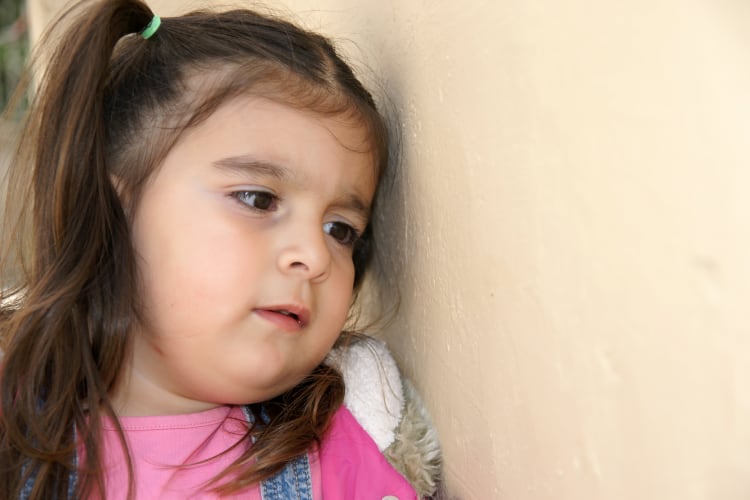Data from NHS Digital found obesity rates in four- to five- and ten- to eleven-year-olds rose by around 4.5% last year, as the UK saw schools close and lockdowns implemented in a bid to stop the spread of coronavirus.
The statistics, collected for the National Childhood Measurement Programme, found obesity in four- and five-year-olds in reception classes rose to 14.4% in 2021, compared to 9.9% the year earlier. Among pupils in year 6, aged 10 or 11, obesity levels increased to 25.5% from 21%.
The proportion of children considered a healthy weight also fell for both age groups, dropping to 71.3% from 76.1% in younger children and to 57.8% from 63.4% among children in the last year of primary school. The proportion of children considered overweight or obese when they leave primary school in the UK has risen to 40.9%.
The research pointed to deepening health inequalities in the UK. According to the official data, the prevalence of obesity was more than doubled for children living in ‘the most deprived areas’ at 20.3% versus those living in the ‘least deprived’ at 7.8%.
Recent research released by the Institute for Public Policy Research underlined the link between childhood obesity and poverty. The think-tank concluded that if health outcomes across the country matched those in more affluent areas, such as the home counties and parts of London, around 40,000 fewer 10- and 11-year-olds would be overweight or obese.
Last month, the UK Government launched the new Office for Health Improvement and Disparities with the aim of tackling health inequalities and ‘level up the UK’. It noted ‘obesity is widespread’ in the general population but 8% more prevalent among the most deprived areas.
The OHID will co-coordinate action across central and local government, the NHS and wider society. Announcing the move, Health and Social Care Secretary Sajid Javid said: “This must change and this body marks a new era of preventative healthcare to help people live healthier, happier and longer lives.”
“Childhood obesity is strongly associated with low incomes and so it is also vital that economic inequalities are tackled,” Bridget Benelam, Nutrition Communications Manager at the British Nutrition Foundation, told FoodNavigator.
The BNF’s Benelam said that the complex underlying factors that contribute to rising levels of obesity required a nuanced response that includes a focus on nutrition education. “Turning the tide on childhood obesity will need a coordinated effort across society to help make healthier choices easier. This requires changes across the food system and, importantly in food education.”
BNF puts portion size in focus
The BNF recently completed some work on portion sizes and produced a portion size guide, funded by EIT Food. It found that 41% of adults report finishing everything on their plates, even when full. Serving larger portions encourages people to eat more and can contribute to a higher calorie diet, the nutrition experts revealed.
“There are many factors that affect childhood obesity, but we know that both children and adults tend to eat more when given big portions and so portion size is an important factor to consider,” Benelam said.
The findings came alongside the launch of updated resources providing guidance around portion sizes entitled 'Your balanced diet – get portion wise!' by the British Nutrition Foundation and funded by EIT Food. Again, education and ease are key, Benelam told us.
“The first step in addressing portion size is some awareness of what an appropriate portion size is. Everyone’s needs are different, but we need something to start from that can be adapted to suit different individuals. Research funded by EIT Food to evaluate our portion size guides found that people welcomed practical portion size measures, such as hand measures and that, after using these a few times they reported they could estimate appropriate portions without measuring.”




